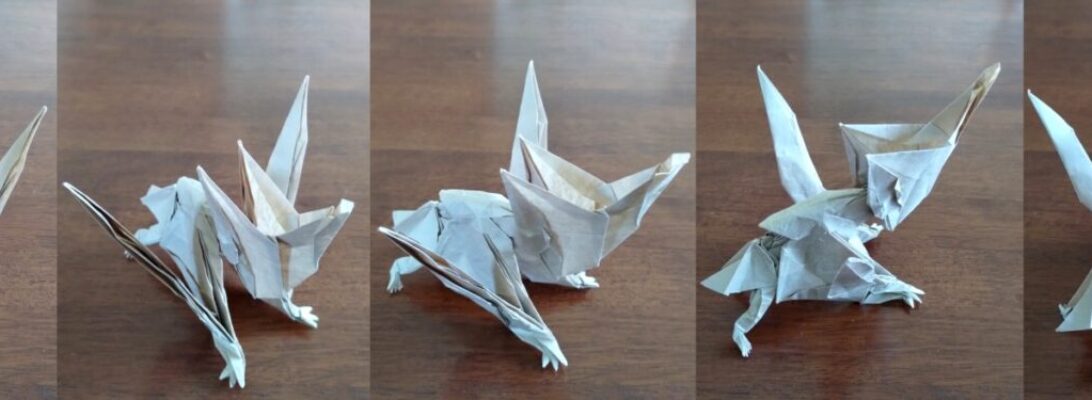I have seen amazing geometric models based on Heinz Strobl’s strip-based modular technique called “Snapology”, and thought it about time I gave it a try:
Starting simple, I divided A4 sheets lengthwise into eighths, then gridded squares on those strips. I used grey for the core, 6×1 strips were cut for each triangular core. I used red for the connectors – 4×1 strips were cut for these.
The locking mechanism is simple, and in situations where the modules are tightly packed it just sort of holds itself together, but I can see how, with small extensions to the connectors you could easily and securely lock adjacent modules more securely. Continue reading







